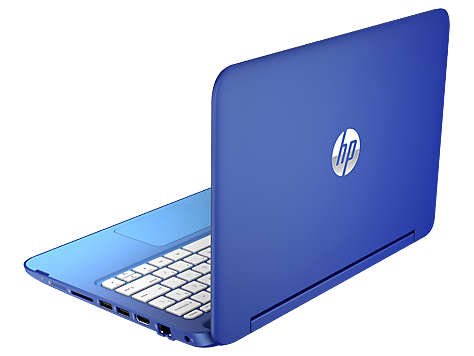Today I got Panasonic Toughpad FZ-M1 for one project and this tablet rocks with Linux. I installed Ubuntu 15.04 (AMD64) for evaluation and almost everything worked out from box.
Basically this is not tablet, it's more like a tablet form computer. Meaning that you find full and easily accessible BIOS setup and it allows you to boot Ubuntu installation. I've played with Toughbooks over last ten years and I hardly never had any issues with them supporting Linux.
Since I installed Ubuntu with integrated hard disk encryption (LUKS), I believe I need to have keyboard present (to give passphrase on boot). That's why there is this wonderful iKey attachable keyboard.
This keyboard has nice backlight and totally waterproof keys. They are not as usable as normal laptop keys, but they withstand elements. So this is a thing.
Backlight issue
FZ-M1 backlight needed some tweaking to work with Ubuntu, but I managed to google solution for this. You need to create file /usr/share/X11/xorg.conf.d/20-intel.conf and place this in file:
And add this into file:
Section "Device"
Identifier "card0"
Driver "intel"
Option "Backlight" "intel_backlight"
BusID "PCI:0:2:0"
EndSection
So, if you're after Linux tablet with serious professional touch - I would recommend this Toughpad in fully.
Update on modem
Sierra Wireless EM7305 MBIM vs QMI modes. It seems that Modem Manager has an issues with MBIM mode, so we have to enable QMI mode with this:echo 1 > /sys/devices/pci0000:00/0000:00:14.0/usb1/1-3/bConfigurationValue
After this, modem manager works and you can create your mobile connection just fine. Just remember to insert MicroSIM to your device:







